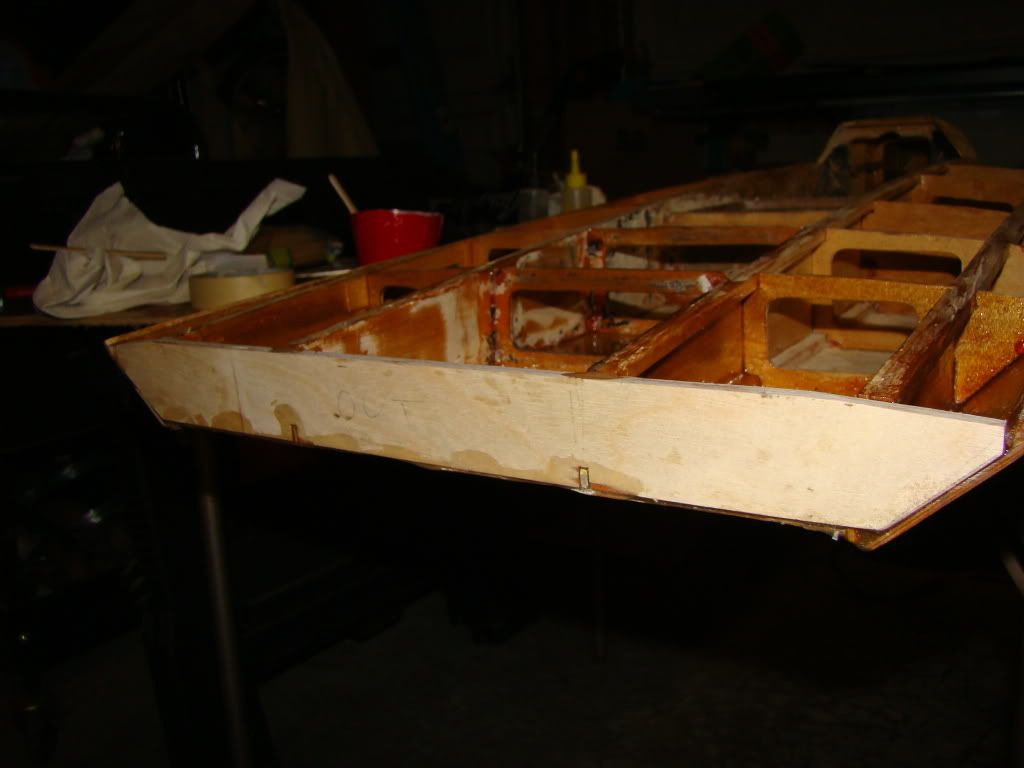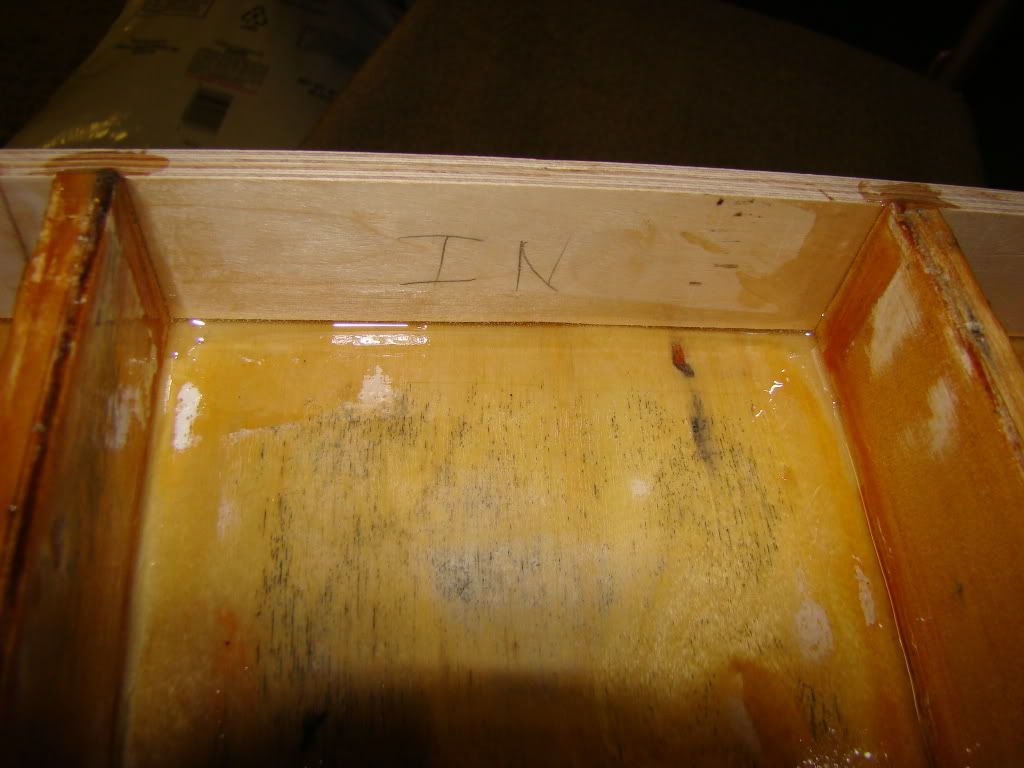I have successfully thinned epoxy with alcohol. I would never do it where you are trying to adhere things together. I only do this when I'm coating with it. First I take an acid brush and cut about 2/3 the length of the brush off. It will make it more bristly. Then mix the desired amount of epoxy in a mixing cup. Mix it very well before adding any alcohol. When you add alcohol, it takes very little to thin the epoxy. If you mixed up a table spoon worth of epoxy, try adding 1 or 2 drops of alcohol. Mix this into the epoxy. It will turn the epoxy white. Don't worry, it will cure clear. When mixing, you're shooting for the consistency of paint. You will have to mix it a lot. At first it seems as if it wont mix well, but keep mixing. When it looks about right, I paint it where I need it with the acid brush. Use acid brushes. They are 16 cents each at Lowes, or Home Depot. This way you don't need to worry about cleaning them with acetone. You can just pitch them. Use rubbing alcohol. That is what I use. I have never tried using denatured alcohol, so I can't tell you how it will work. I find by mixing the alcohol with the epoxy, it tends to absorb into the wood better. I do the inside of the tubs of all the Hydros I make using this method. It may take a couple of coats to get a consistent glass like finish because the wood soaks it up a lot on the first coat.
Marty





